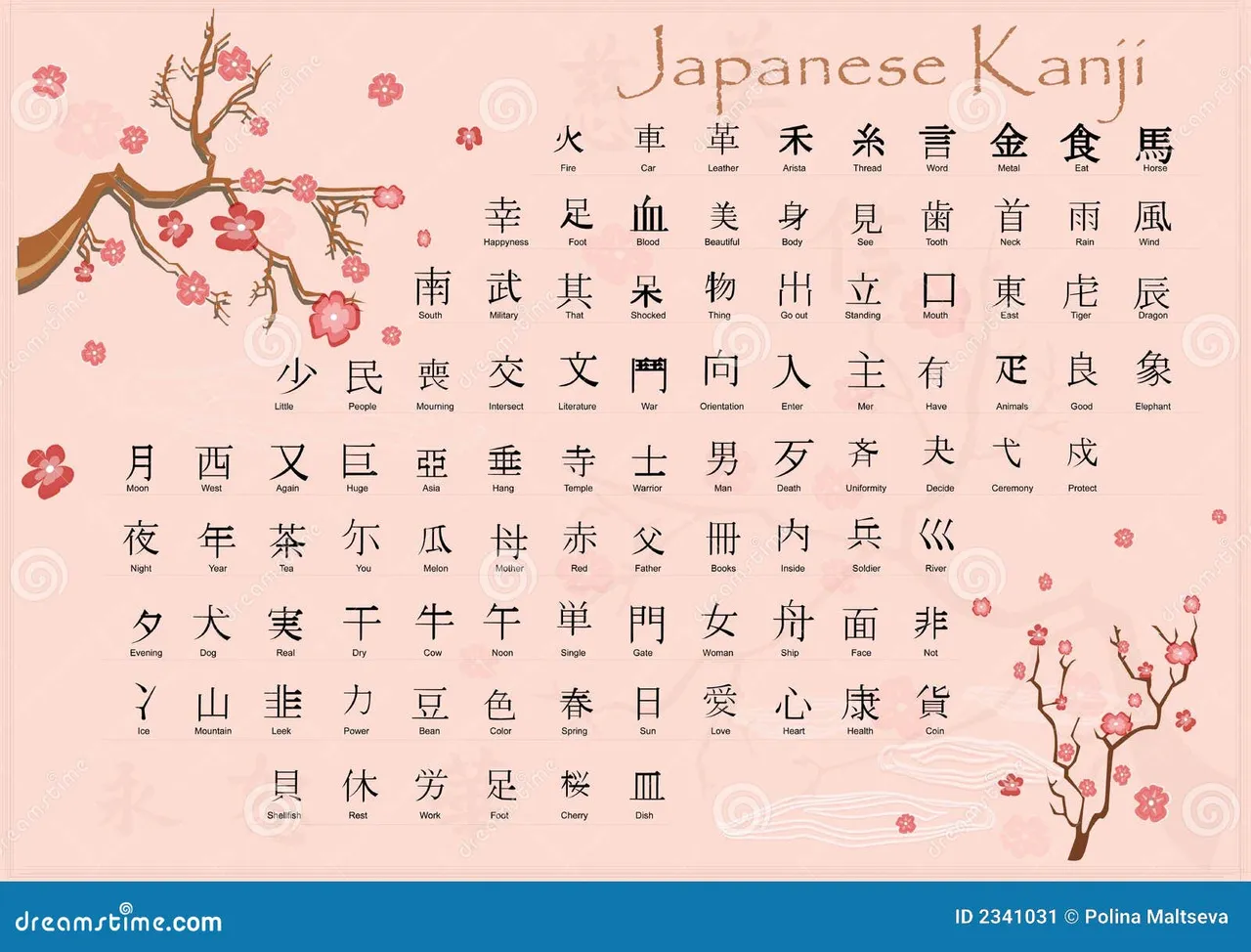I constantly see people online who want to work in Japan with its interesting clash of ancient and modern culture that functions. I want to write a little guide about what you would actually need to do in order to work in Japan or what jobs you can actually do. Before you read this, you are required to have a bachelor’s degree in something. As long as you have a bachelors in some sort of field, which can be unrelated, you are eligible to enter and work in the country. I thought some of you might find this interesting and it is something that I have been exploring for the past four years so Ill pass along my findings to you.

To begin the first question many people have is, do you have to be fluent in Japanese to work in Japan? The answer to which, is yes and no. The vast majority of foreigners, especially western foreigners are working in some sort of English teaching field. Whether it is for a the national JET program which can be found here (https://jetprogramusa.org/) or teaching tutoring sessions/night classes at a local private language school called a Eikaiwa. Although things have been changing a bit, you really don’t need to know Japanese to do these jobs. Obviously any Japanese you do know would put you at an advantage over other applicants, but for the most part you will be speaking English the entire time.
Jet is the premier program that you ideally want to be accepted to, as you will be teaching in public schools and the salary is a bit better, but it tends to be much more selective. Teaching English in Japan for the most part is a dead end job in the long run, there is not much room for promotion, without starting your own business and often has the stigma that they attract the unambitious. However, many people use JET and other teaching programs available as either a life experience they do for a year or two, or a stepping stone onto other jobs. Coming to Japan to teach English and learn the language more in depth while you are here isn’t a bad idea and many people do it. On the flipside many people who choose to teach English stay in Japan for long periods of time and have no interest in learning Japanese.

Obviously not knowing the language of the country you are in is going to make your life extremely difficult. I would recommend that if you don’t know a level of conversational Japanese and a wide assortment of nouns and Kanji (the characters) you will have a very hard time getting around. If you are looking to actually work for a Japanese company 99% of the time you are going to have to be very proficient in the language. Many people want to go to Japan and think that they are an asset because they are a foreigner, but that is not the case in Japan. If you cant speak the language and bring nothing to the table, they cant actually do anything with you.
There are Japanese proficiency tests that you can take that will show your employer that you are at a proficient enough level to work at the company. They range from N5-N1. N5 being the easiest and N1 being the hardest. If you wish to work for a Japanese company you should pass at least N2. This isn’t an easy feat, in fact it takes years of study to get to that point. If you studied like it was your job every day and hired a tutor you might be able to do it in a year and a half, but that is mostly unrealistic. In order to pass the N2 they recommend that you know about 1000 Kanji, 6000 vocabulary an estimated 600 hours of straight studying. Take in mind even after you pass this test you still might have to live in Japan for a year to become accustomed to certain accents and casual speech.

So if you are looking to work in Japan the first job you should look into is teaching English and you should work on getting to a level of conversational level. I will go more into resources to use in my post tomorrow, but Genki I and Genki II are the best starts to learning the basics of the language according to many. If you have any other questions, feel free to post them below.
-Calaber24p